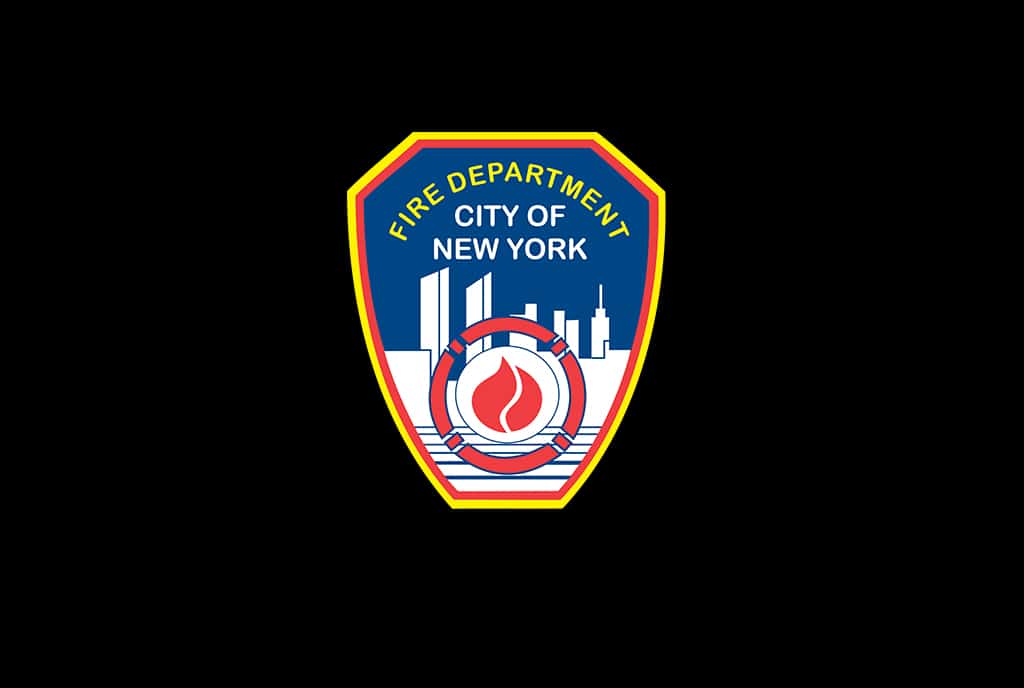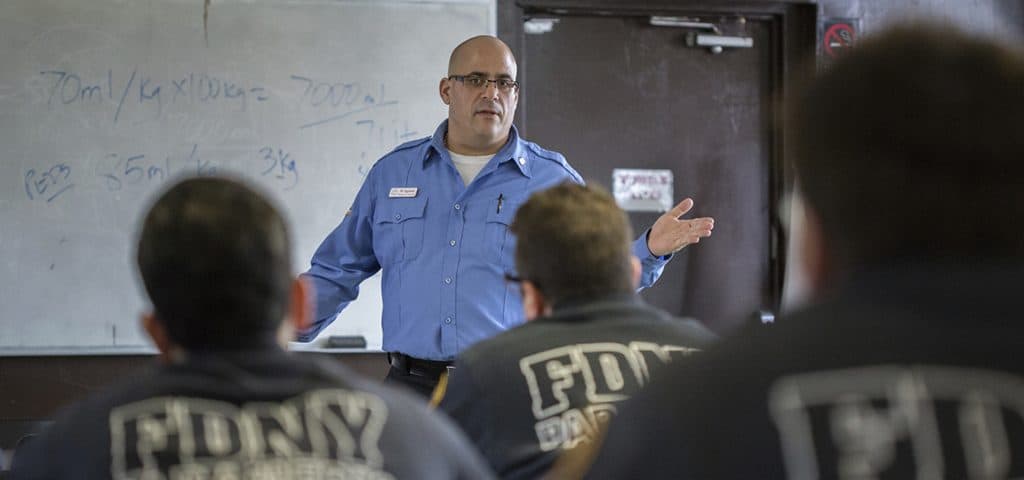
S02, E16 Recognizing Heart Disease with FDNY Chief Medical Officer Doctor Kerry Kelly and FDNY Attending Cardiologist Doctor Dianne Acuna
March 6, 2017
Researchers Get Closer to Terrorism Minority Report
March 9, 2017EMS instructors must become familiar with the varying student learning styles since students learn in many ways, such as seeing, hearing and experiencing things firsthand.
Students learn in many ways, such as seeing, hearing and experiencing things firsthand. But for most students, one of these methods dominates. Review these learning styles and identify which one of the following fits you best:
- Visual Learners are those who learn through seeing things.
- Auditory Learners are those who learn best through hearing things.
- Kinesthetic Learners are those who learn through experiencing/doing things.
Now, let’s look at the main objectives in EMS education:
- Cognitive Objectives are what you learn during a lecture presentation. It’s your base knowledge.
- Psychomotor Objectives involve hands-on skills training. It’s the skills labs with equipment.
- Affective Objectives refer to the combination of cognitive objectives, with the associated psychomotor skills, to formulate a treatment plan appropriate to a particular patient scenario.
To learn more read “Oh, You’re an Instructor? That’s Cool” in the 1st/2017 edition of Pro EMS.


